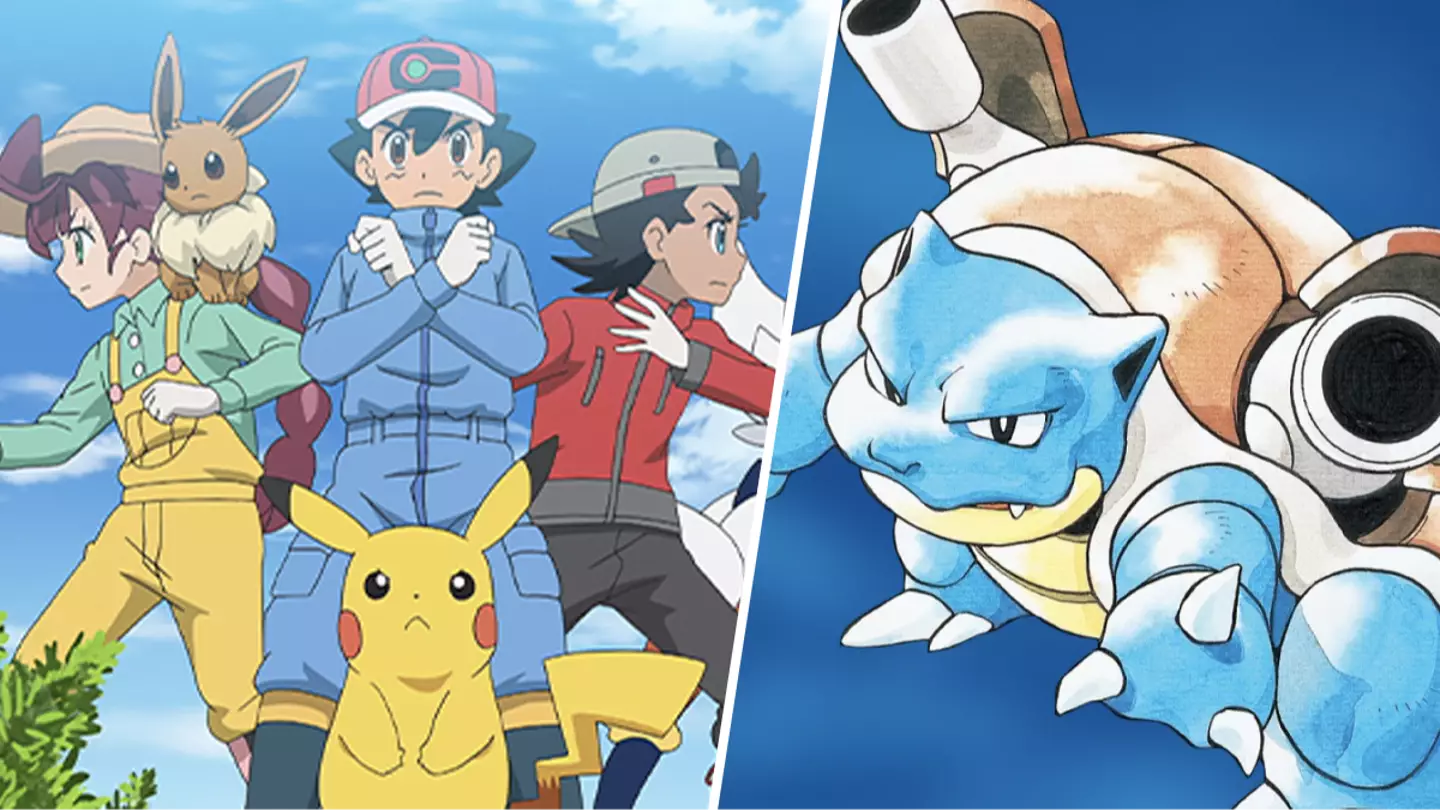
The world of Pokémon is vast and spans several decades now. With hundreds of different Pokémon, lots of items, and several regions to explore, it’s not a surprise that there are countless facts and secrets that you wouldn’t know.
So, we’re putting on a pub quiz hat and digging around for some impressive facts about Pokémon that you didn’t know. Learn these and you’ll become a Pokémon master. Probably.
Pikachu’s name means…
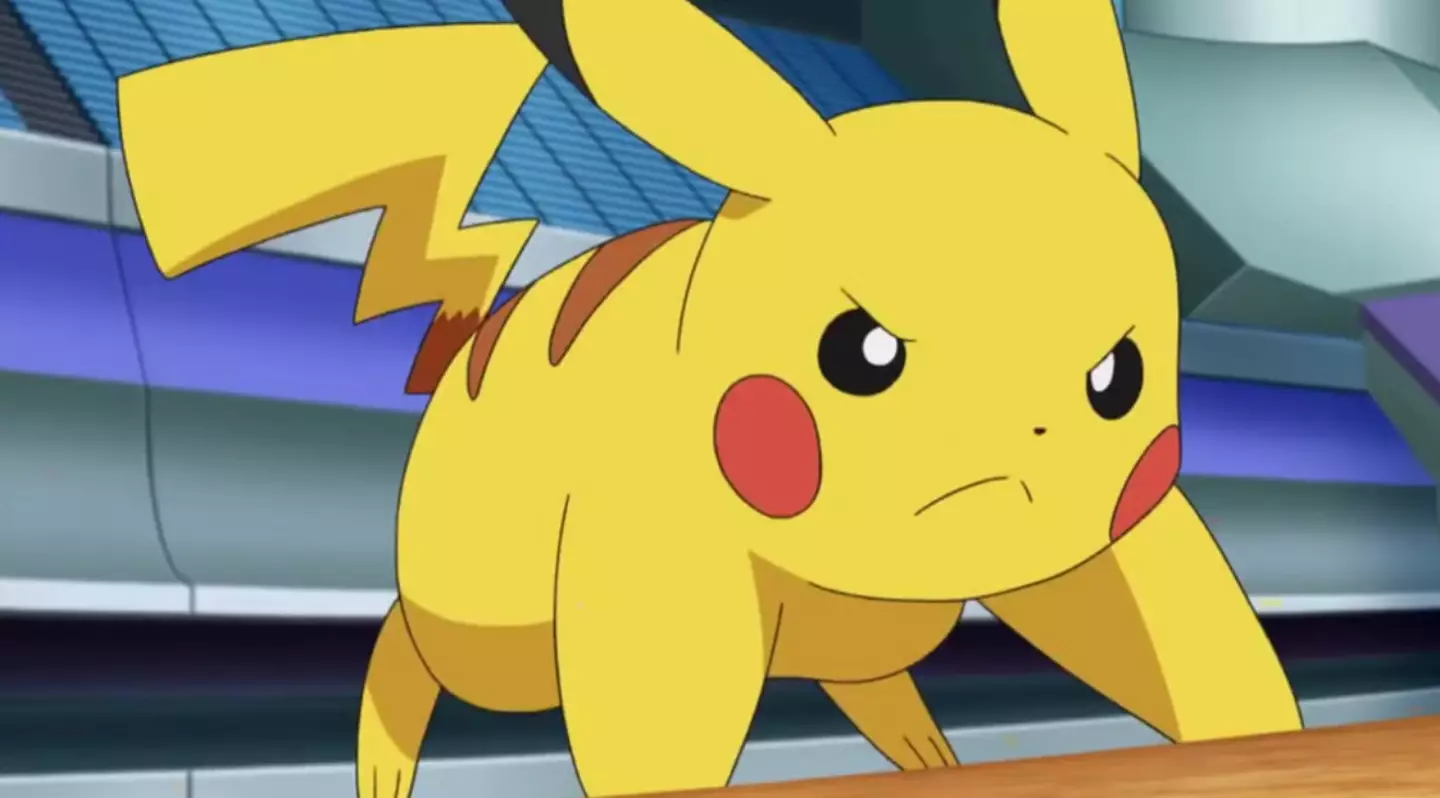
We all know and love Pikachu, but not many of us know where its name comes from. The work ‘Pikachu’ is actually two Japanese words combined; “pika” means sparkly, or to give off a twinkling light; while the “chu” part of its name is the Japanese onomatopoeia word for the noise a mouse makes (Pikachu is a mouse Pokémon). In English, we’d say a mouse would squeak, however the noise is “chu” in Japanese. This means Pikachu kind of means ‘sparkle squeak.’
Why does Farfetch’d carry a leek?
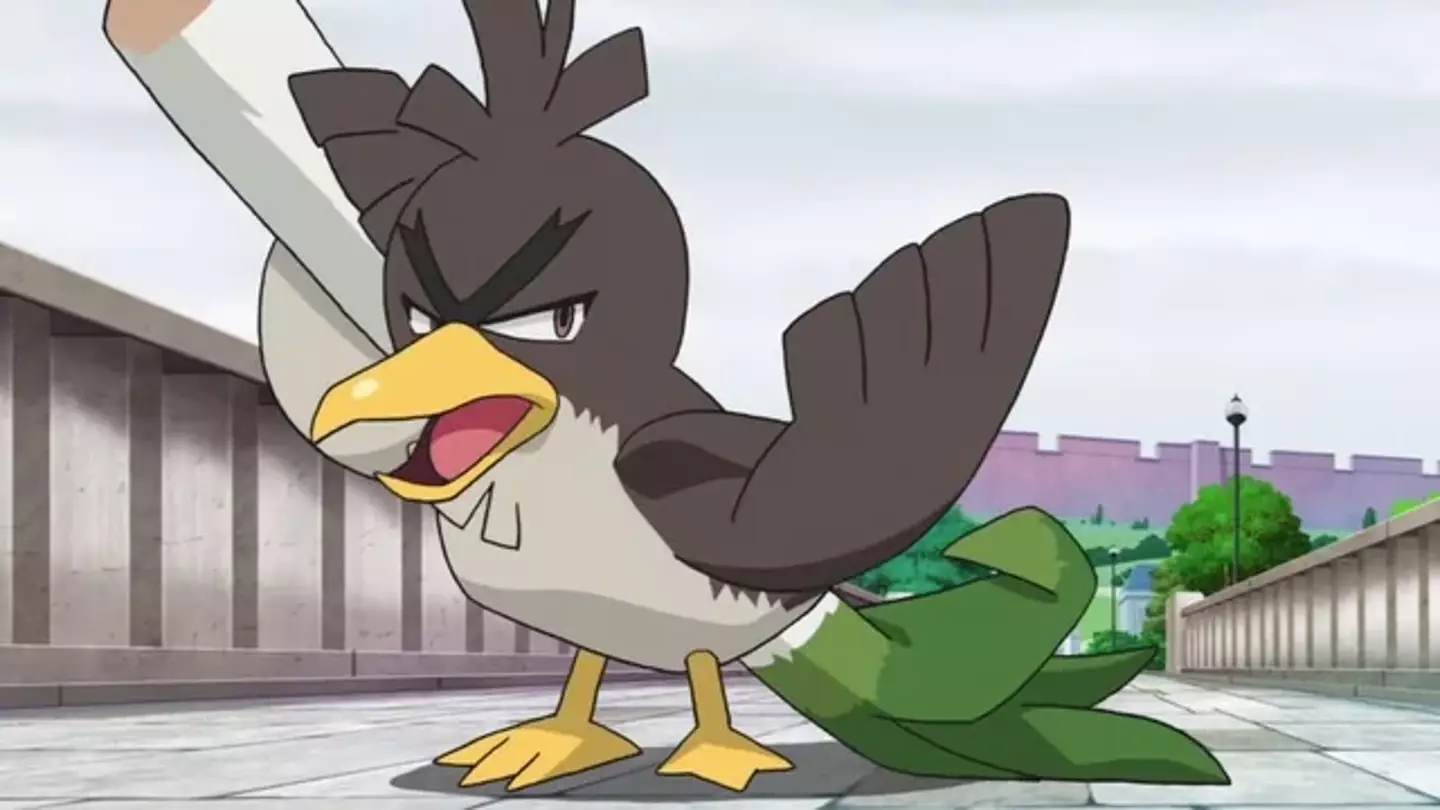
Advert
For this factoid we need to delve into Japanese language again, or more appropriately Japanese proverbs. The name Farfetch’d appears in Japanese as kamonegi, which translates to something along the lines of ‘what a stroke of luck’ or ‘here comes a sucker.’ The actual phrase kamonegi is shortened and in its full form reads, ‘A duck approaches, carrying a leek on its back.’ This is, quite obviously, quite far-fetched too. Hence the name, and why they carry a leek.
Which was the first Pokémon?
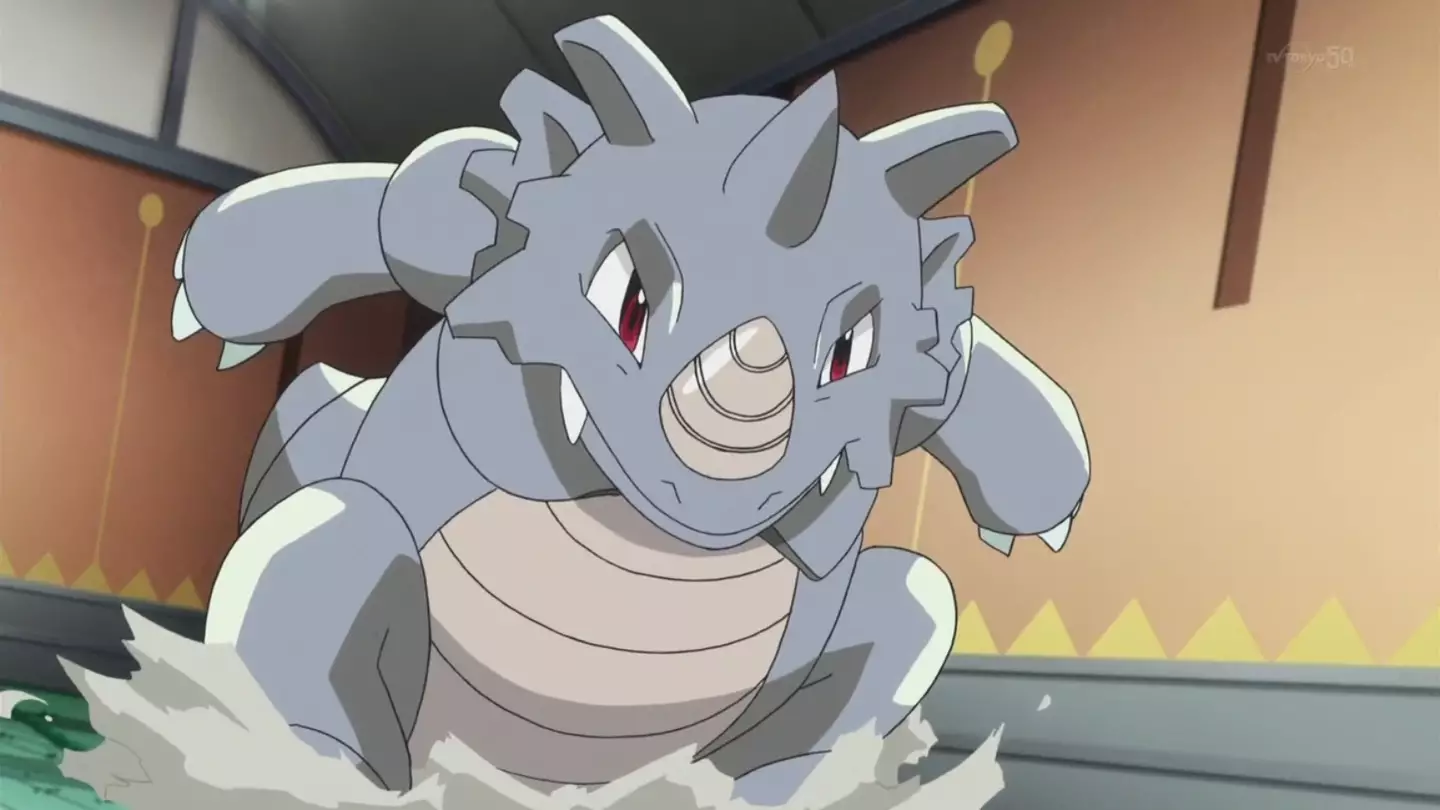
I don’t mean, in an Adam and Eve situation, but which was the first Pokémon to be created by artist Ken Sugimori or The Pokémon Company? You might think it was Pikachu due to popularity, or Clefairy seeing as Clefairy was originally supposed to be the Pokémon mascot. The first Pokémon drawn and created was actually Rhydon. Sugimori confirms this in an old interview where he also mentions that Clefairy and Lapras came soon after.
Wailord is less of a whale than you think

Advert
Wailord, despite being the largest Pokémon, and based visually on a whale, has more in common with an old-fashioned airship or blimp. Although it measures 14.5 metres, Wailord only weighs 398 kilograms giving it a BMI of around 1.9 (the average human’s BMI is 18 to 25). This low weight makes Wailord light enough to float and when you look closely, you can see its shape is very cylindrical, much like early blimps.
Deadbeat dads

If you’ve played your share of Pokémon games you’ll be aware they start out with your mum sending you off on a journey to see the region collecting Pokémon. None of the games ever mention the father - perhaps he’s just a deadbeat - although one mainline game does actually mention the character’s Dad. In fact, he even appears as a gym leader. This is in Ruby and Sapphire. You can meet your protagonist’s Dad at the Normal-type gym as he’s the leader there.
No weakness
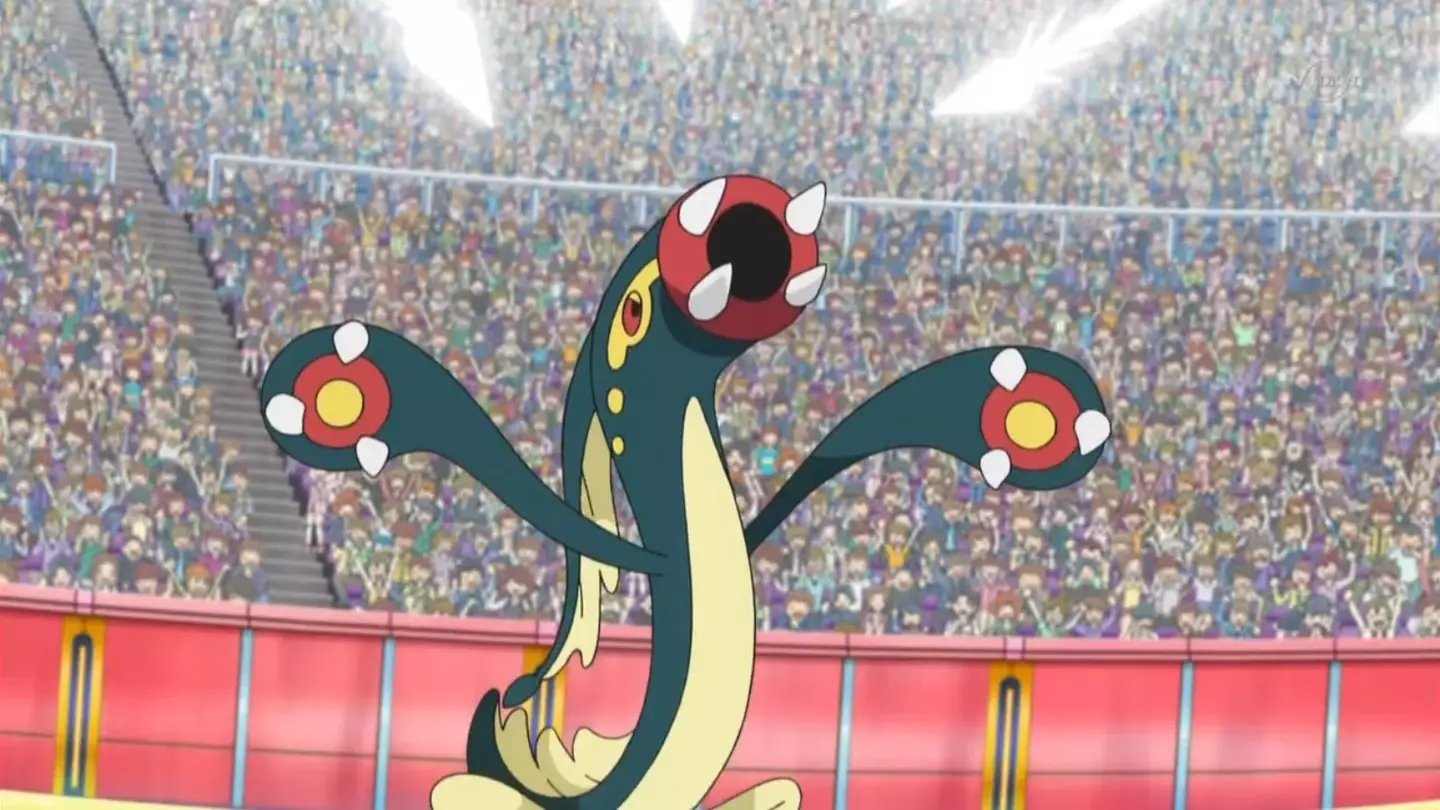
Advert
There is only one Pokémon in all of the games that has no weakness. We’re all taught that to beat a Pokémon we have to counter its ‘type’. Fire, for example, is beaten by water. However, one Pokémon has no weakness at all - Eelektross. You might be thinking, “It’s got a form of electric in its name, so it’s weak to Ground-types.” And you’d be wrong, kind of. It is an Electric-type, but the Pokémon constantly levitates which prevents ground attacks from landing. So it has no weakness.
Andy Warhol’s Pokémon
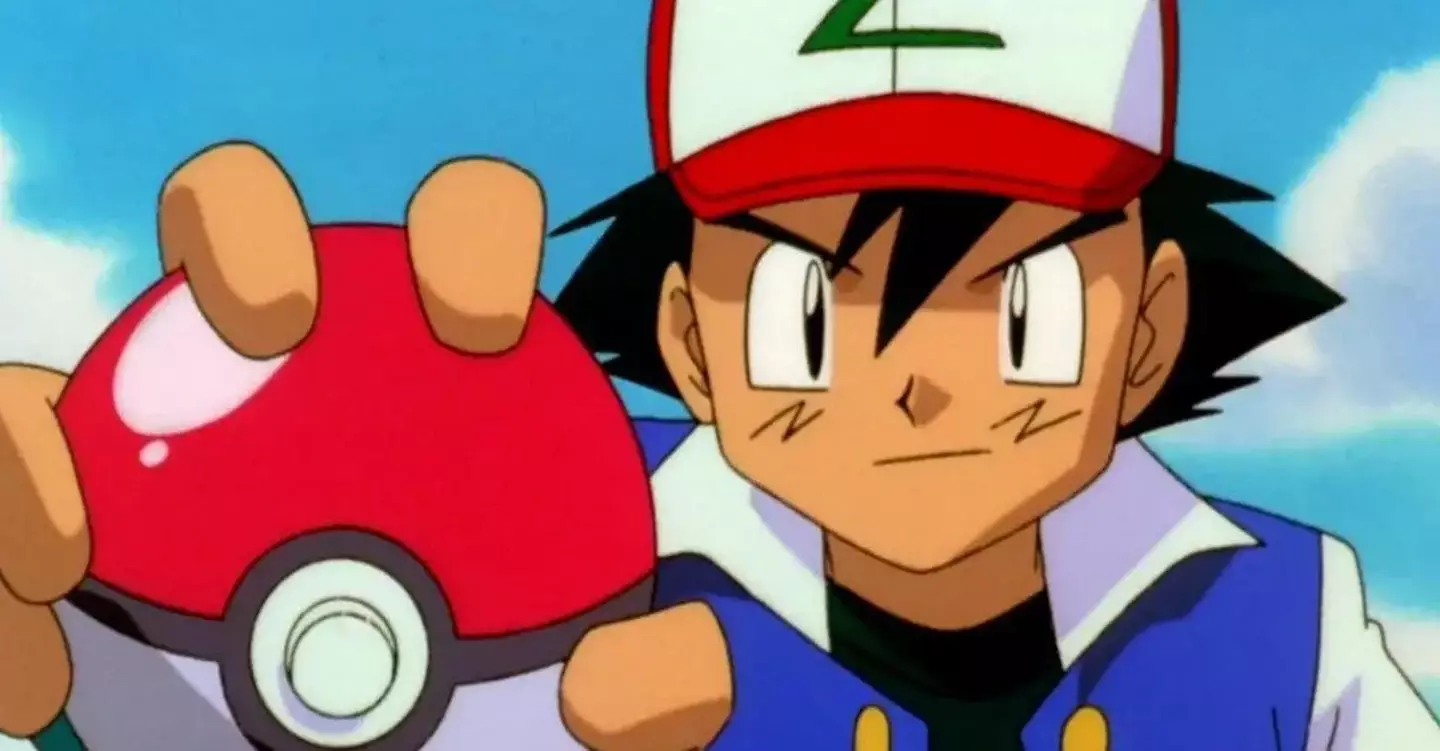
Here’s an odd fact, sadly with little explanation to be found online. The design of Pokéballs are actually based on Campbell’s soup cans. You can see the distinct white and red split colour is exactly the same, the soup can even has a small circle in the middle, looking like the button on a Pokéball.
Gold and Silver were supposed to be the end

Advert
It’s a little known fact that Pokémon Gold and Silver were supposed to be the last games in the franchise. The Pokémon Company and Game Freak didn’t think there was enough demand for more games. This caused them to put only four people on the development team for the game. It was only once the game was shown at Nintendo Space World Expo that the game became the most popular exhibit and Game Freak knew what they really had on their hands.
Popular myths
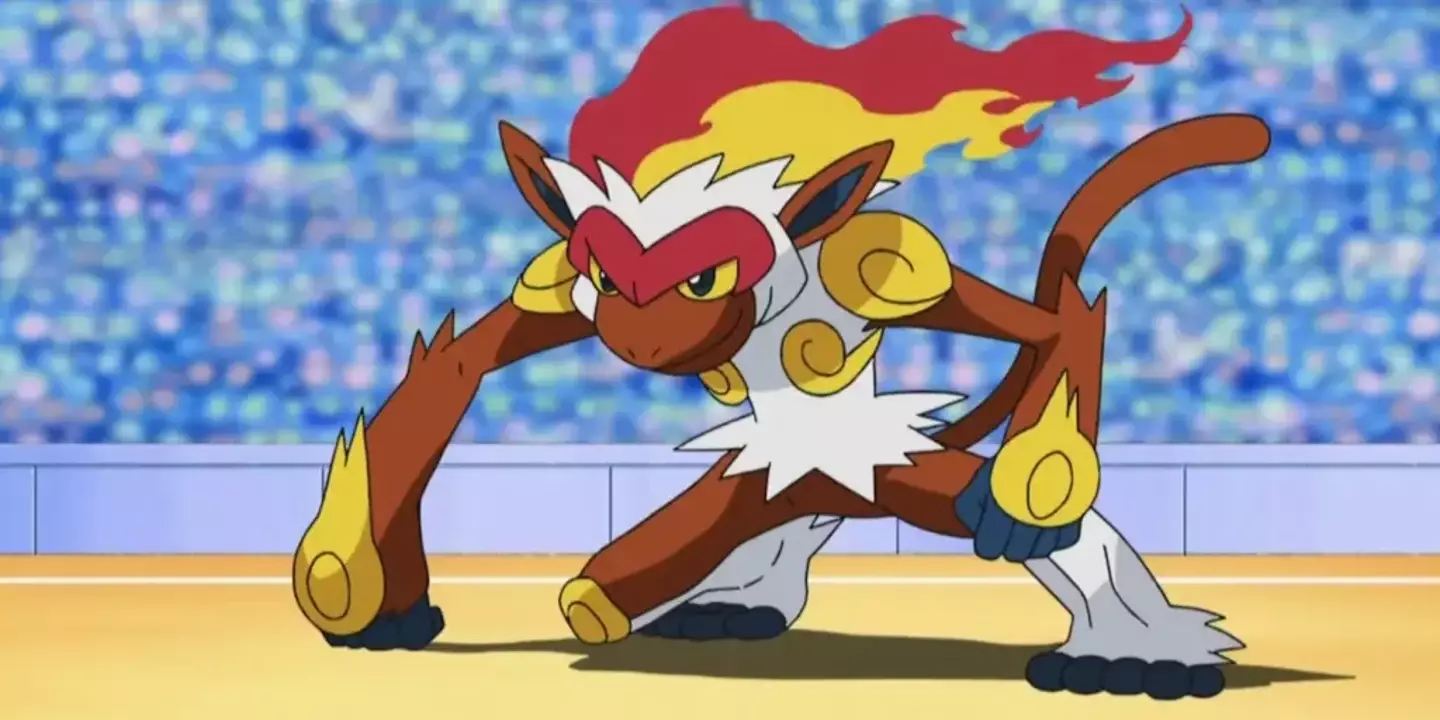
Many Pokémon are based on popular Japanese and international myths and legends, this is clear to see from their visual designs. However, some of these intermingle with other popular culture phenomena. For example, Infernape, who evolves from Chimchar at level 36 is based on Songoku, the monkey character from the novel Journey to the West, who was also the inspiration behind Goku from the Dragon Ball franchise.
Anime ending

Advert
Much like Gold and Silver were supposed to be the end of the game series, the anime was also supposed to be short-lived. In fact, it was only supposed to run for one season, in order to advertise the video game. Of course, it proved to be wildly popular and ended up spawning over 20 seasons of the show and 23 separate films based on the story of Ash and other Pokémon collectors. It took over 1,200 episodes from Ash starting his adventure to becoming champion.
Where’s Pikachu?

There is only one mainline game in the Pokémon series that didn’t allow you to capture a Pikachu or part of its lineage. That game is from generation five, otherwise known as Black/White. It’s not even in Black/White 2 either, despite some marketing material from the time showing Pikachu in the lineup.
Pokémon beta names
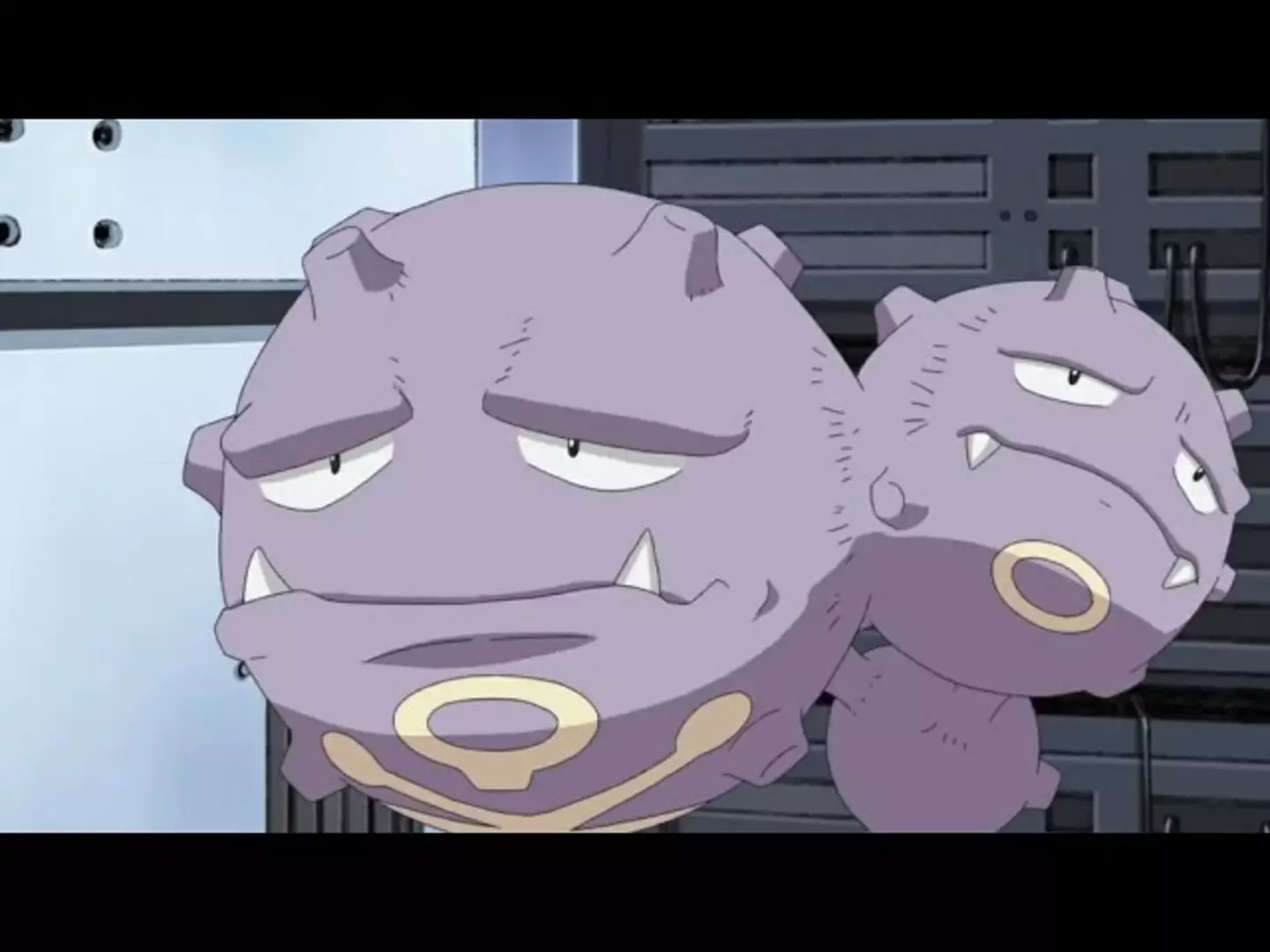
When Pokémon are being created they often have a temporary name, or a beta name. These often relate to the look or style of the Pokémon before they’re fleshed out further. For example, Koffing and Weezing were referred to as Ny and La, with the beta names being short for heavily polluted American cities, New York and Los Angeles. Tanglea was once Meduza, rather than Medusa; Gyrados was originally known as Skullkraken in reference to the Kraken sea monster; and lastly, there was Kargo who ended up being Omastar, this was in reference of the French delicacy escargot (snails).
Topics: Pokemon, Nintendo, Nintendo Switch, Retro Gaming
